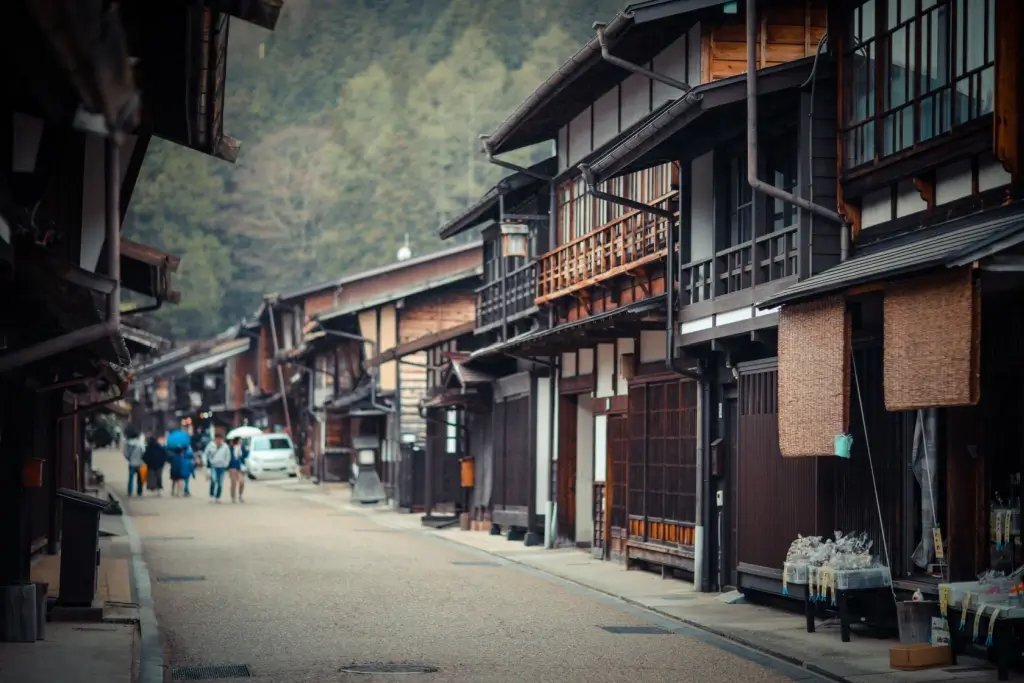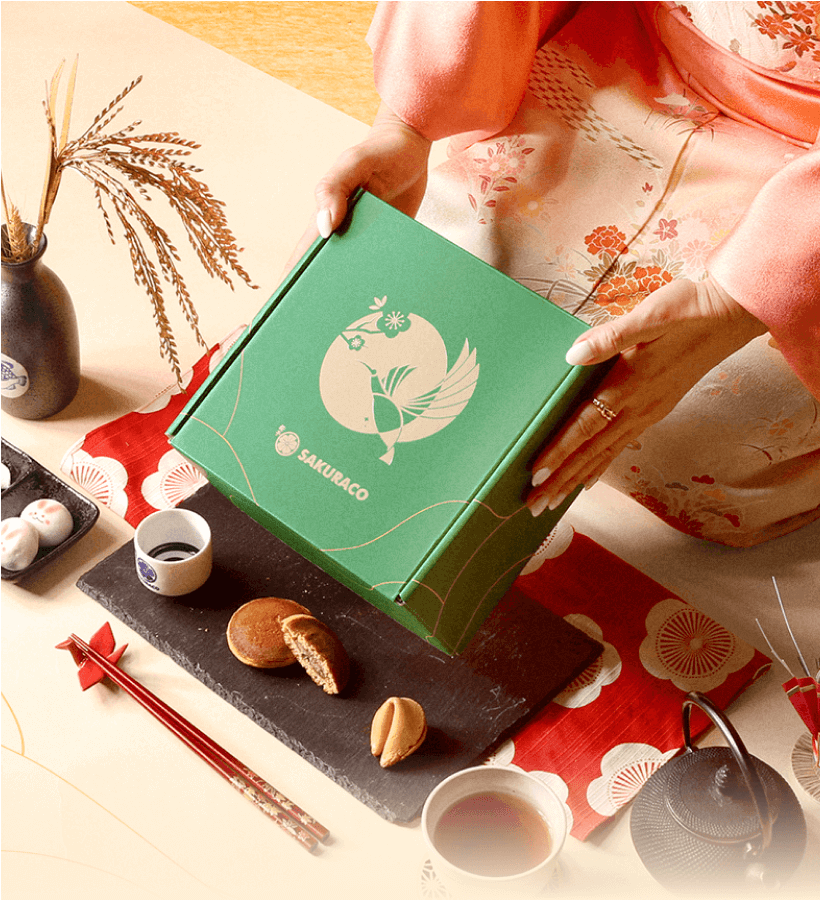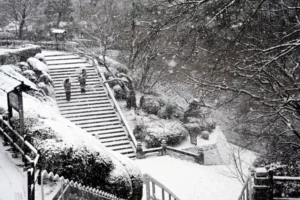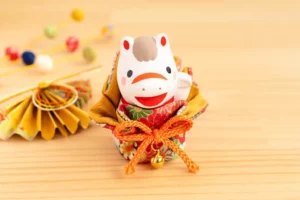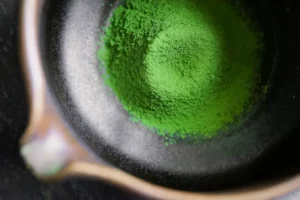The Showa era in Japan lasted from 1926 to 1989—more than six decades of history packed with change, resilience, and growth. Although it ended over thirty years ago, the Showa era is still everywhere in Japan today.
There are retro cafes to recreate towns and even museums filled with old toys and radios; the charm of the Showa era is alive and well. But why do people still love it so much? And what exactly makes it so special? Let’s look at the sights, sounds, and nostalgic vibes of this unforgettable period in Japanese history.
Table of Contents
ToggleWhat was the Showa era like?
“Showa” (昭和) means “enlightened peace,” and the era certainly lived up to its name, though not right away. The early years were tough, with World War II causing widespread hardship. However, after the war ended, Japan entered a period of rebuilding and rapid growth. By the 1960s, the country had become a global economic powerhouse. New technology, entertainment, and fashion started to pop up everywhere, mixing with older traditions in unique and interesting ways.
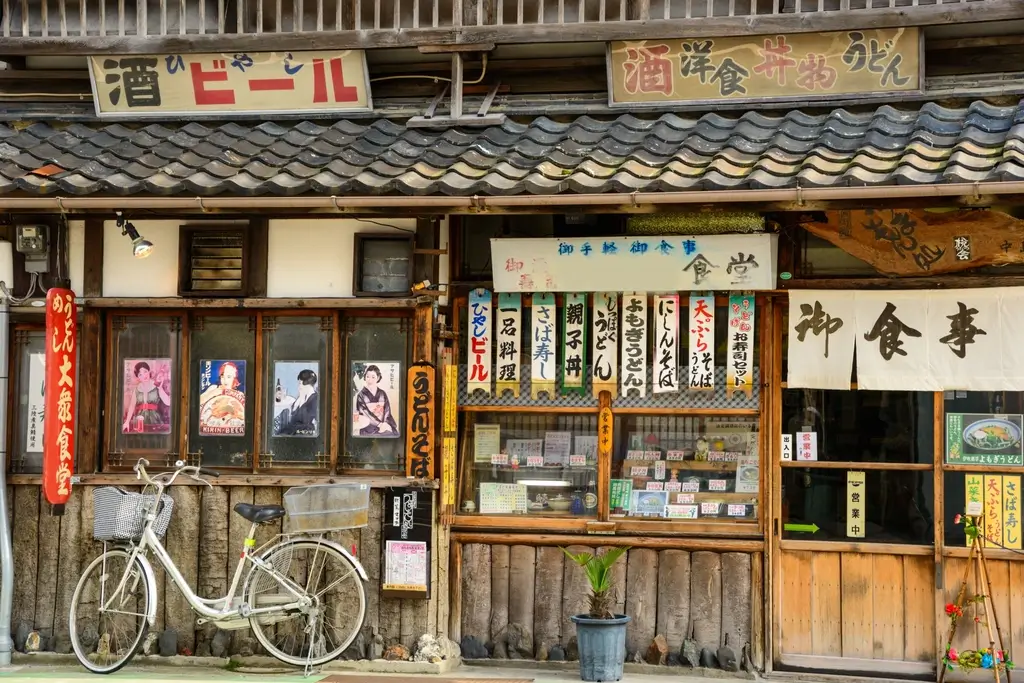
For many people, especially older generations, the Showa years were full of memorable moments, both happy and difficult. For younger generations, this era represents something warm, authentic, and cooler than the modern world.
Showa no Machi: A retro street frozen in time
Today, one of the best places to experience the Showa era is Showa no Machi in Bungotakada, Oita Prefecture. This preserved shopping street looks like something out of an old movie. From the retro signs to the old-fashioned candy shops, everything is styled just like it was in the 1950s and 60s.
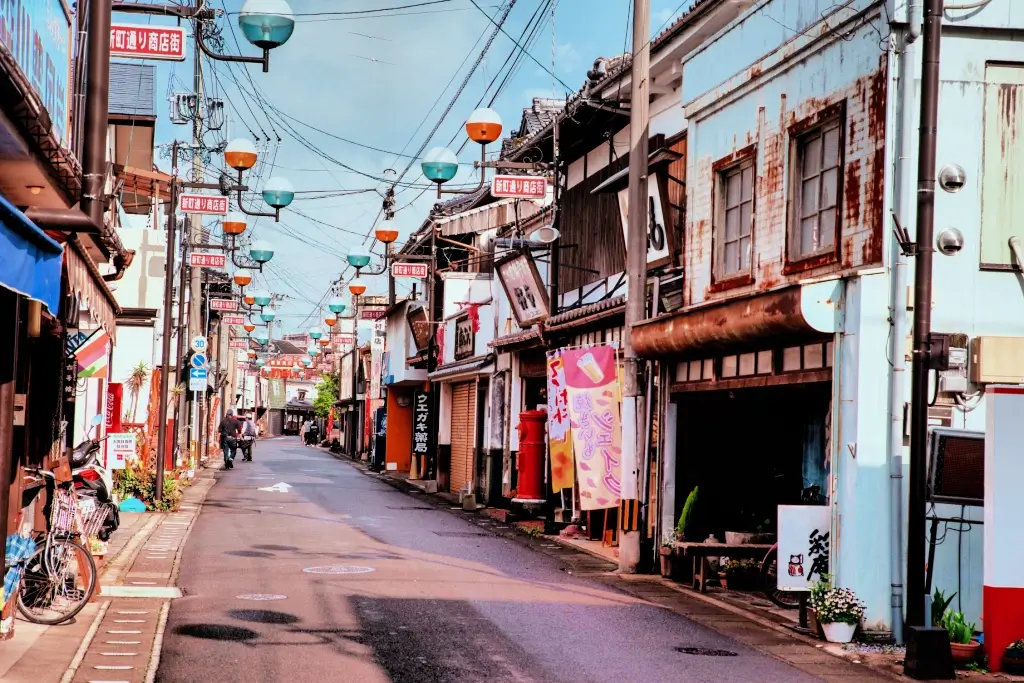
Visitors can ride the old Bonnet Bus, explore small museums packed with toys, books, and school supplies from the time, and even visit a “Showa-era bank.” It’s a fun way to see how people lived daily—and it’s all been carefully recreated to keep the vibe alive. For many people, it’s like stepping into their grandparents’ memories.
Are you looking for fantastic snacks while exploring the retro Showa aesthetic? Check out Sakuraco! Sakuraco delivers traditional Japanese snacks, teas, and sweets from local Japanese makers directly to your door so you can enjoy the latest treats directly from Japan!
A Showa Era Museum That Showcases Everyday Life
Another must-visit is the Showa Era Lifestyle Museum in Kitanagoya City, Aichi Prefecture. This museum holds more than 160,000 items from the Showa era—yes! Inside, you’ll find fully furnished homes from the 1950s, complete with wooden TVs, rotary phones, and kitchens that feel like they haven’t changed in decades.
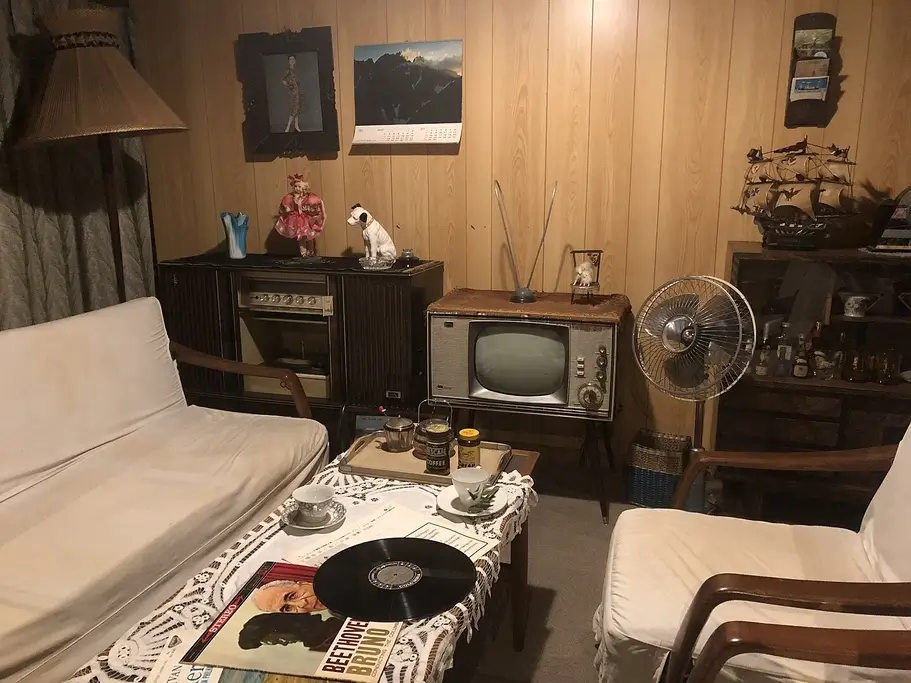
What makes this museum stand out is how real it feels. You’re not just looking at antiques—you’re walking through spaces people once used daily. It’s a great place to get a feel for daily life before smartphones, convenience stores, or modern transportation.
Kissaten culture: Where retro meets relaxation
You can’t talk about this era without mentioning kissaten. These cozy coffee shops started appearing in the early 20th century but took off during the Showa years. Unlike today’s bright, fast-paced cafés, kissaten are quiet, dimly lit, and full of wood-panelled charm. Many kissaten haven’t changed much since the 60s or 70s.
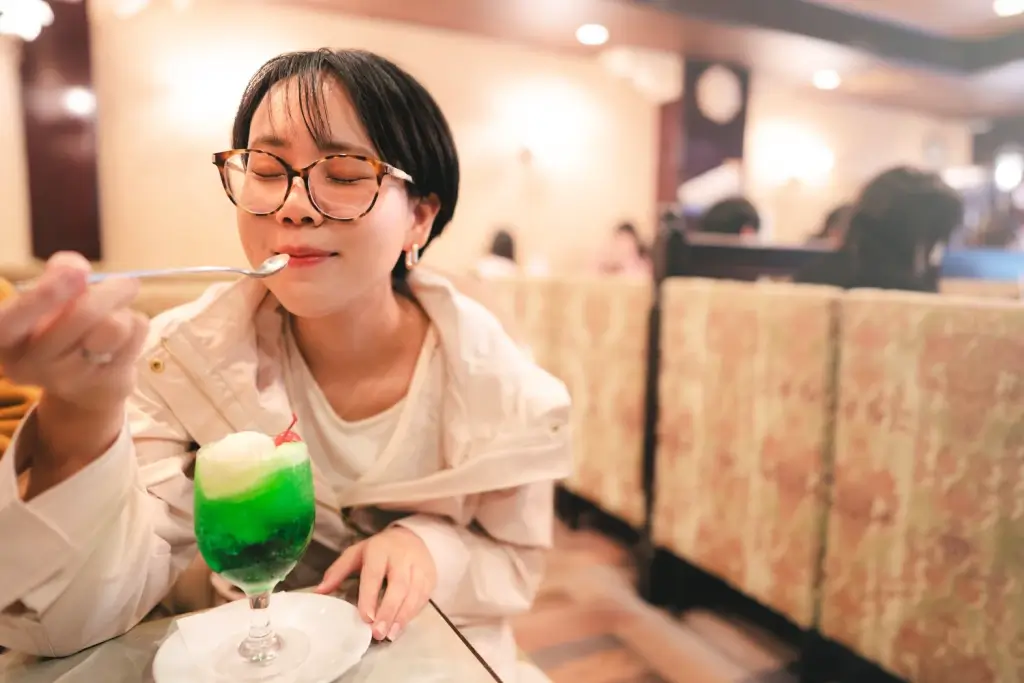
They usually serve thick slices of toast with butter and jam, hand-dripped coffee in porcelain cups, and sometimes even old-school spaghetti or curry rice. You’ll often hear jazz or soft classical music playing in the background. For many young people today, visiting a kissaten feels like a peaceful escape from the noise of modern life. These places aren’t just coffee shops—they’re tiny time capsules where people go to relax, reflect, and soak in the past.
Why is Showa style trending again?
So, what do people love about this era so much? For one, it’s deeply nostalgic. Even if you didn’t live through the era, it feels familiar. The mix of modern and traditional elements—like vinyl records, tatami mats, or vintage cars on narrow city streets—makes it especially charming.
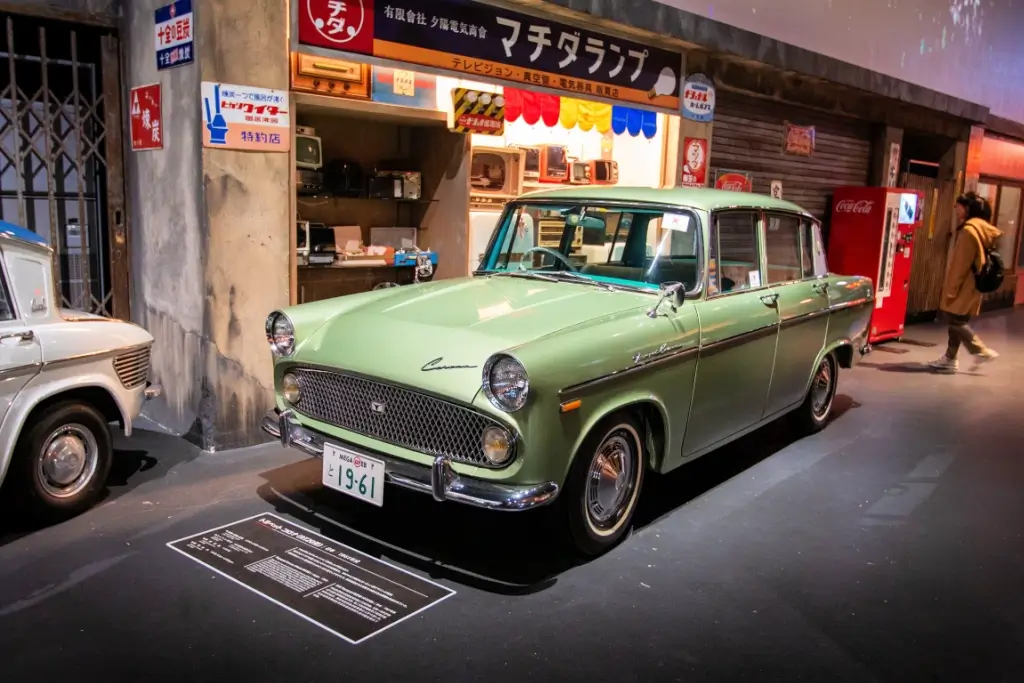
Many people also love the aesthetic. The design of the time was simple and warm, with soft colors, cozy lighting, and friendly shapes. Fashion, music, film, and advertising from the Showa years are also returning. Young Japanese people decorate their rooms with Showa-style lamps, radios, and posters.
But maybe the most significant reason it’s trending is because it feels slower and more personal. Life during the Showa era wasn’t perfect, but it had a rhythm that feels rare today. It reminds people to slow down and enjoy small things, like a handwritten letter or a quiet cup of coffee.
Why is the Showa era so important?
The Showa era isn’t just a collection of old photos and vintage signs—it’s a key part of Japan’s identity. It shows how the country grew, overcame challenges, and found a unique way to balance modern progress with traditional values. By exploring Showa-era towns, museums, and kissaten, we’re not just enjoying the past—we’re understanding how Japan became what it is today.
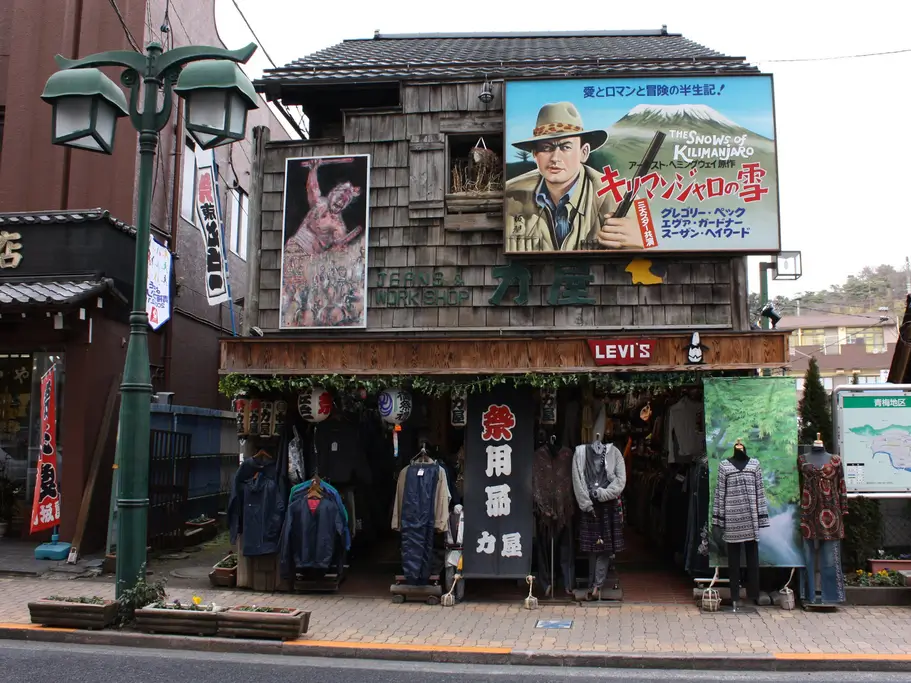
Even as the years go by, the Showa era inspires new generations. So if you’re in Japan and want to experience something that feels both old and fresh simultaneously, take a little trip back to the Showa era. It’s history, culture, and cozy nostalgia all rolled into one.
Cited Sources
- The Japan Times. “Showa seduction: The unending attraction of retro Japan.”
- Japan Web Magazine. “What is ‘Showa Retro’ and Where Can You Find It in Japan?“
- Tokyo Weekender. “Showa no Machi: A Retro Wonderland Tucked Away in Oita“.


